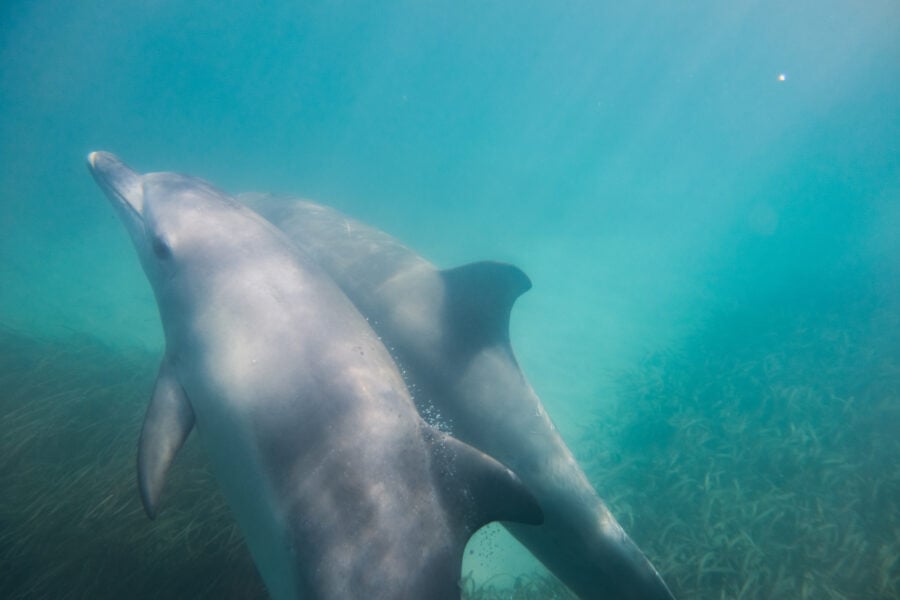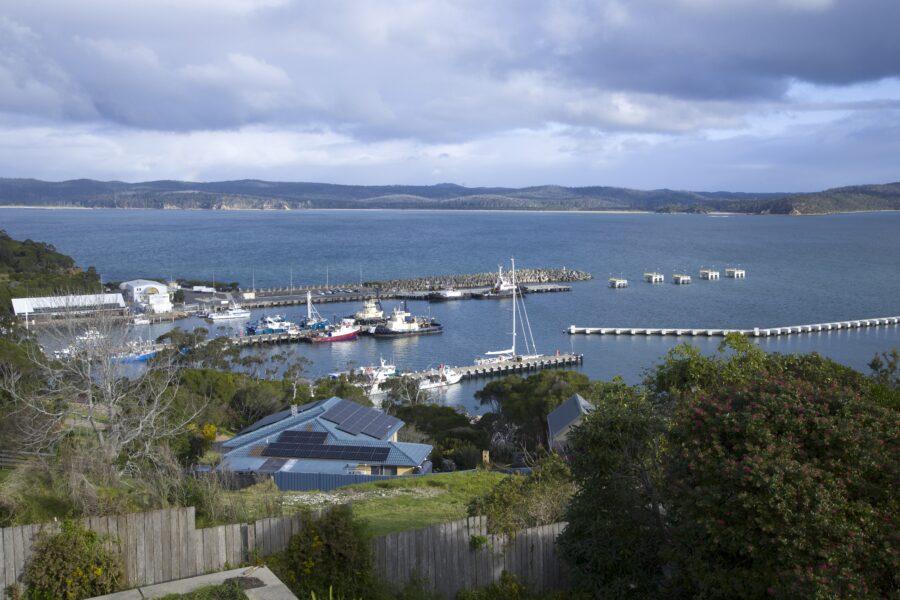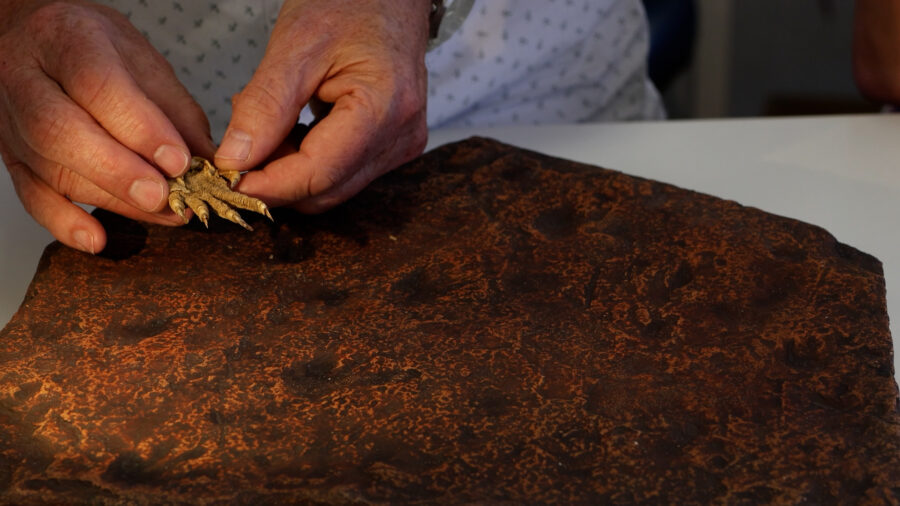1800s British expedition shipwreck found in the Arctic

AUSTRALIA HAS PLAYED a part in solving one of the biggest polar exploration mysteries in more than 150 years.
Richard Cunningham, manager of One Ocean Expeditions in Australia, that provided a vessel to assist with transporting people and equipment to the site, says this really is a critical archaeological find.
“It’s a totally fascinating story, a monumental discovery,” he says. “It’s basically been a mystery that’s gripped Canada 150 years and it’s also been very big news in the UK, of course, because the ships were British and it was a British expedition. To this day, that was the greatest disaster in British polar exploration.”
Two British polar exploration ships and 150 men, including the commander Sir John Franklin, vanished without a trace in 1846; wild theories of cannibalism and lead poisoning started circulating. Even the Inuit people of northern Canada had oral histories about these ships that had sunk in the ice.
The search for the ill-fated HMS Erebus and HMS Terror has involved six major expeditions since 2008 which have scoured the seabed in the far-flung and frigid region.
“This is truly a historic moment for Canada,” Prime Minister Stephen Harper said. “Franklin’s ships are an important part of Canadian history given that his expeditions, which took place nearly 200 years ago, laid the foundations of Canada’s Arctic sovereignty.”
- Historic shipwrecks around Australia
- Map: protected shipwrecks of Australia
- Titanic disaster, the Australian story
Unravelling the mystery of Franklin’s shipwrecks
While enough information exists to confirm the wreck’s authenticity, it remains unclear which of the two doomed ships was actually discovered.
A Parks Canada team is currently returning to the site to make some initial human dives and see what they can find. The wreck itself is incredibly intact for something that has lain in the ocean for such a long time, and it sits only in 11m of water, making it accessible for diving exploration.
Canada will now have to decide what to do with the vessel: whether to leave it on the ocean floor as a grave and to remove a few poignant objects from the wreck, or to raise it to preserve the wreckage in a museum.
“According to maritime law, the ships still technically belong to Britain, so I daresay the Canadians will have to have some discussions with the Brits about what their feelings and intentions are,” says Richard.
At this stage it is being suggested that an expedition will return to the site in 2015 to try and find the second vessel.
What happened to Franklin’s men and ships?
At the time, the HMS Erebus and HMS Terror were the jewels of the British Navy.
Under the command of Franklin and Captain Francis Crozier, the two vessels, with a combined crew of 134, left the shores of England on 19 May 1845, to discover the Northwest Passage.
But the sailors became trapped in ice for a year and half, and eventually ran out of supplies.
A message discovered in 1859 revealed that Franklin and 23 crew members died on June 11, 1847, in uncertain circumstances.
On April 22, 1848, 105 survivors left the ships in an attempt to reach solid ground on foot, but none of them survived.
The two vessels were ultimately engulfed by ice.
- Exploring Canada’s northwest territories
- Gallery: Canada’s grizzly bear
* This ariticle originally indicated that One Ocean Expeditions provided the lead research ship and had an Australian connection. This is not the case and the article has been corrected to reflect this.




